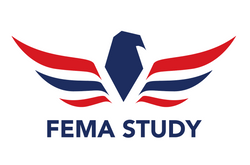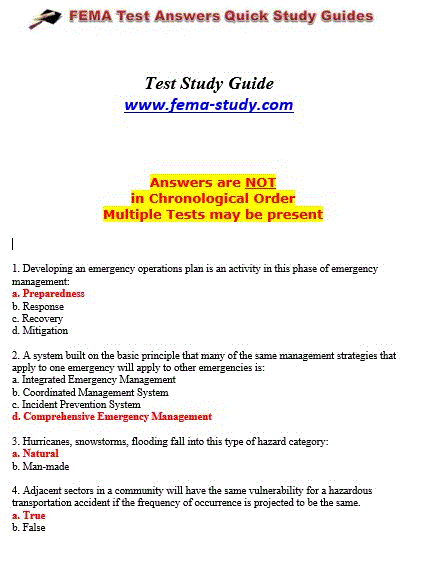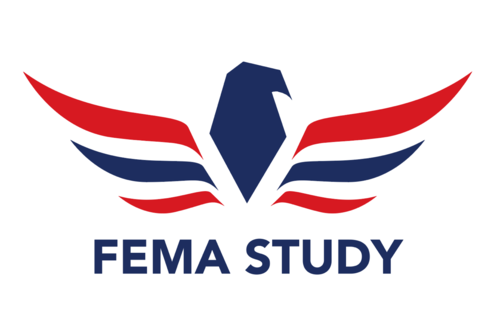IS-505: Religious and Cultural Literacy and Competency in Disaster
This study guide includes all correct answers for IS-505: Religious and Cultural Literacy and Competency in Disaster
Course Overview
In 2011, as FEMA Administrator, W. Craig Fugate began to promulgate the Whole Community Concept. Based on this concept, he stated that “When a disaster strikes, the initial services provided may not come from government, but rather from churches, synagogues, mosques and other faith-based and community organizations.” "Improving the Nation's Response to Catastrophic Disasters: How to Minimize Costs and Streamline our Emergency Management Programs" – W. Craig Fugate, March 30, 2011.
Religious and cultural communities are part of the whole community, and the DHS Center for Faith-based & Neighborhood Partnerships works to form partnerships between the Federal Government and faith-based and neighborhood organizations to more effectively serve Americans in need.
As part of this effort, in partnership with the University of Southern California Center for Risk and Economic Analysis of Terrorist Events (CREATE), this course and its companion tip sheet resources have been developed with the University of Southern California Center for Religion and Civic Culture (CRCC) and the National Disaster Interfaiths Network. In addition, FEMA personnel assisted the development of the course by providing their relevant expertise responding to disasters. The course provides emergency management professionals and faith and community leaders active in disaster with the religious literacy and competency tools needed to learn how to effectively engage religious and cultural groups and their leaders throughout the disaster lifecycle.
Course Objectives:
By the end of this course, participants will be able to:
- Explain why we engage religious and cultural communities in disaster, and how religious and cultural diversity and practice is not only protected by law but how it strengthens emergency management’s capabilities.
- Define the meaning of religious and cultural literacy and competency in disaster management.
- Describe how religious and cultural language differs from government culture and language.
- Identify the skills needed to competently engage religious and cultural leaders and groups in the field.
- Describe each step in the six step “LEADER” process.
Primary Audience
This course is open to the general public.
Prerequisites
None
CEUs:
0.5
For more information regarding this course please visit https://training.fema.gov/is/courseoverview.aspx?code=IS-505



